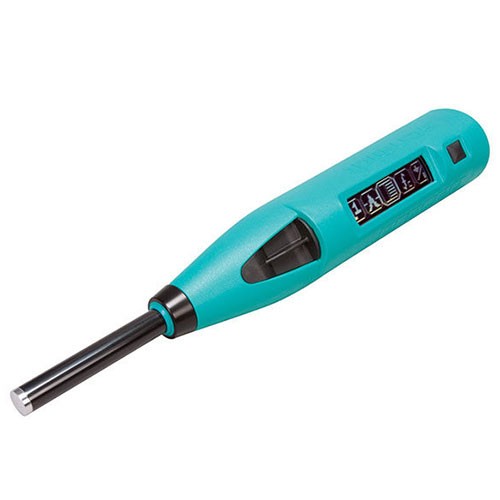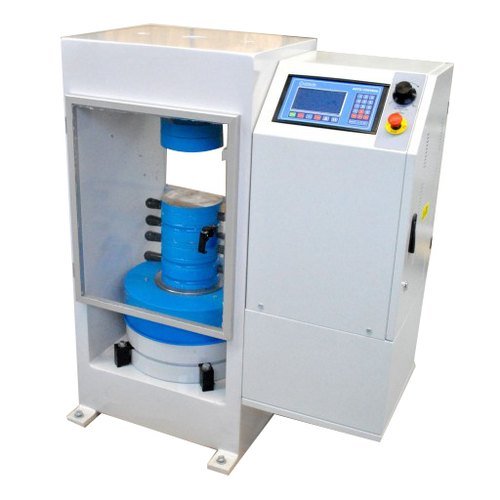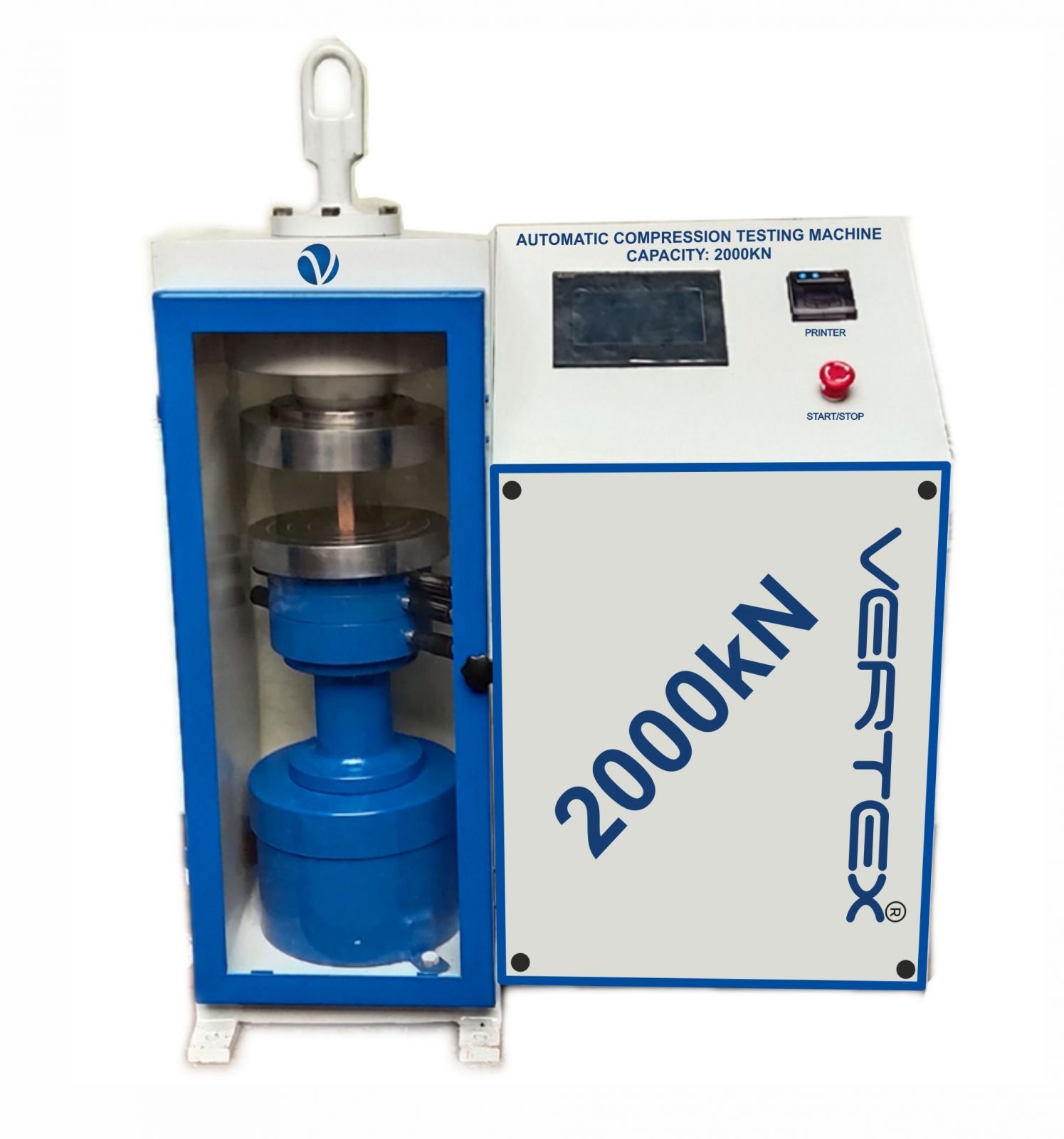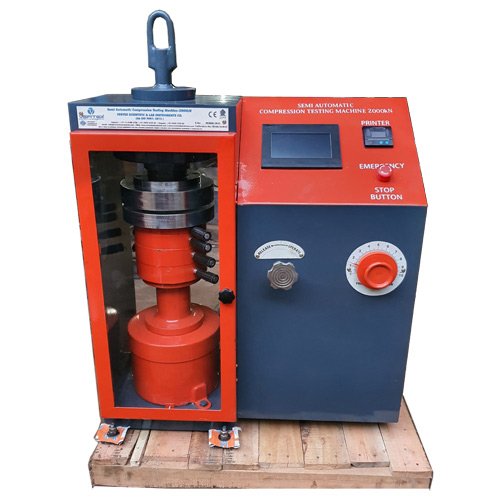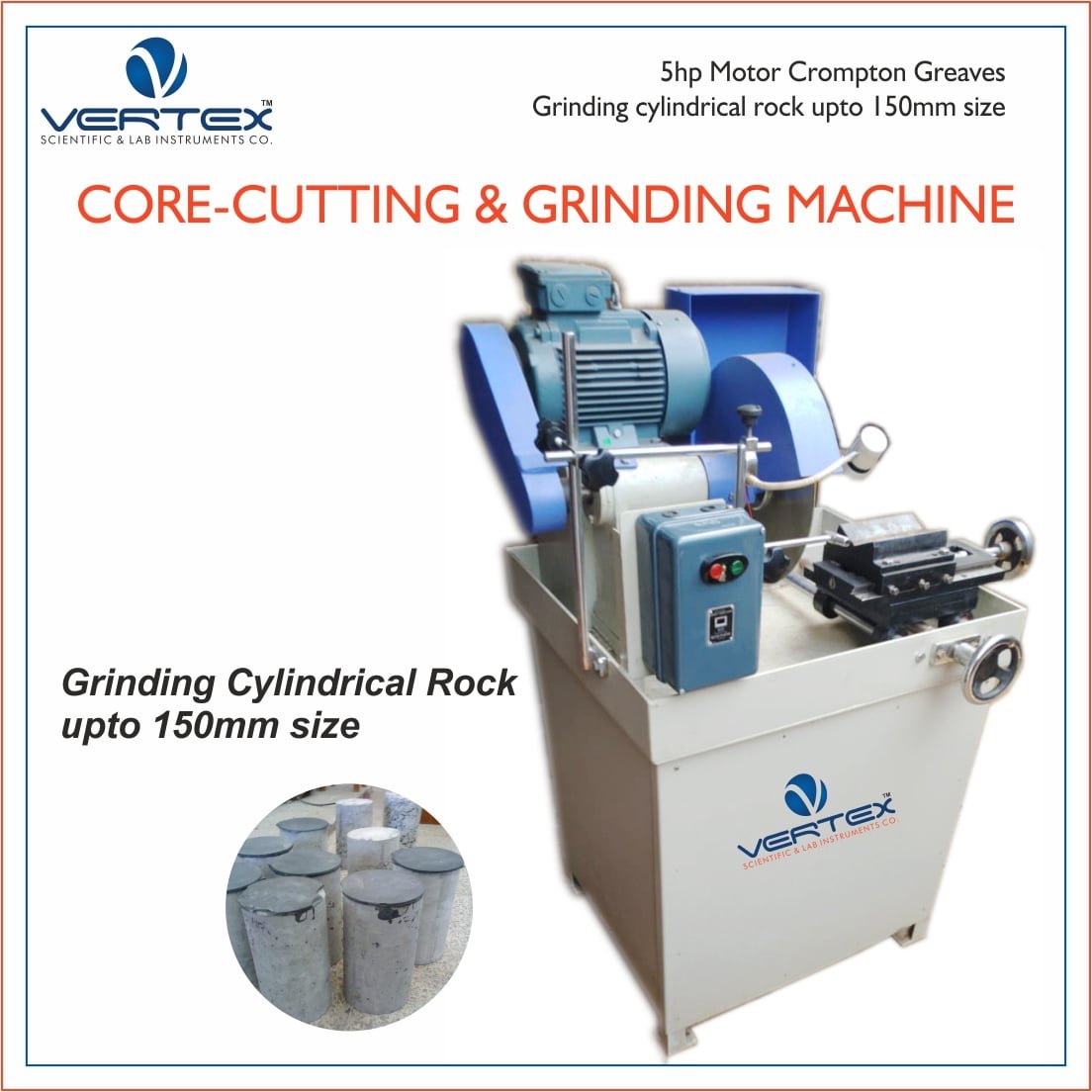RockSchmidt is the most advanced rebound hammer used for measuring hardness, strength, and uniformity testing of rock formations for the evaluation of geological properties.
Rebound rockschmidt hammers have historically been used for many rock testing applications. Such as:
• Geomorphological applications which investigate the bulk hardness properties of a rock outcrop.
• Prediction of weathering grades
• Correlation to Unconfined (or Uniaxial) Compressive Strength (UCS)
• Correlation to Young’s Modulus
• Prediction of penetration rates for tunnel boring machines and rotary drum cutters.
• Testing on cores and blocks
Features
- Impact Angle Independence: The rebound value is independent of the impact direction.
- Optimized for Field Work: Dirt and dust intrusion protected for longer life, significantly lighter and more ergonomic, Ease of data storage & reporting make it the best choice for field work.
- Preset Statistics: Statistics methods recommended by ISRM and ASTM are implemented into the hammer allow automatic calculation of the rebound number.
- Unconfined Compressive Strength Test: The RockSchmidt hammer allow unconfined compressive strength (UCS) test.
- Young’s (E-) Modulus: ISRM recommends a correlation between elastic modulus and the rebound value based on the formula Et = cedR (where R is the rebound value), A correlation in this format may be defined in the software and downloaded onto the Rock Schmidt.
- Weathering Grade: Impacting on the same location twice can be used to correlate to weathering grade. The ISRM recommended method has been included in the device.
Specification
| Impact energy | (N) 2.207 Nm, (L) 0.735 Nm |
| Dimensions of housing | 55 x 55 x 250 mm (2.16” x 2.16” x 9.84”) |
| Weight | 570 g |
| Max. impacts per series | 99 |
| Memory capacity | Dependent on length of test series Example: 400 series of 10 impacts |
| Display | 17 x 71 pixel, graphic |
| Battery lifetime | > 5000 impacts between charges |
| Operating temperature | 0 to 50°C (32 to 122°F) |
| IP Classification | IP54 |

